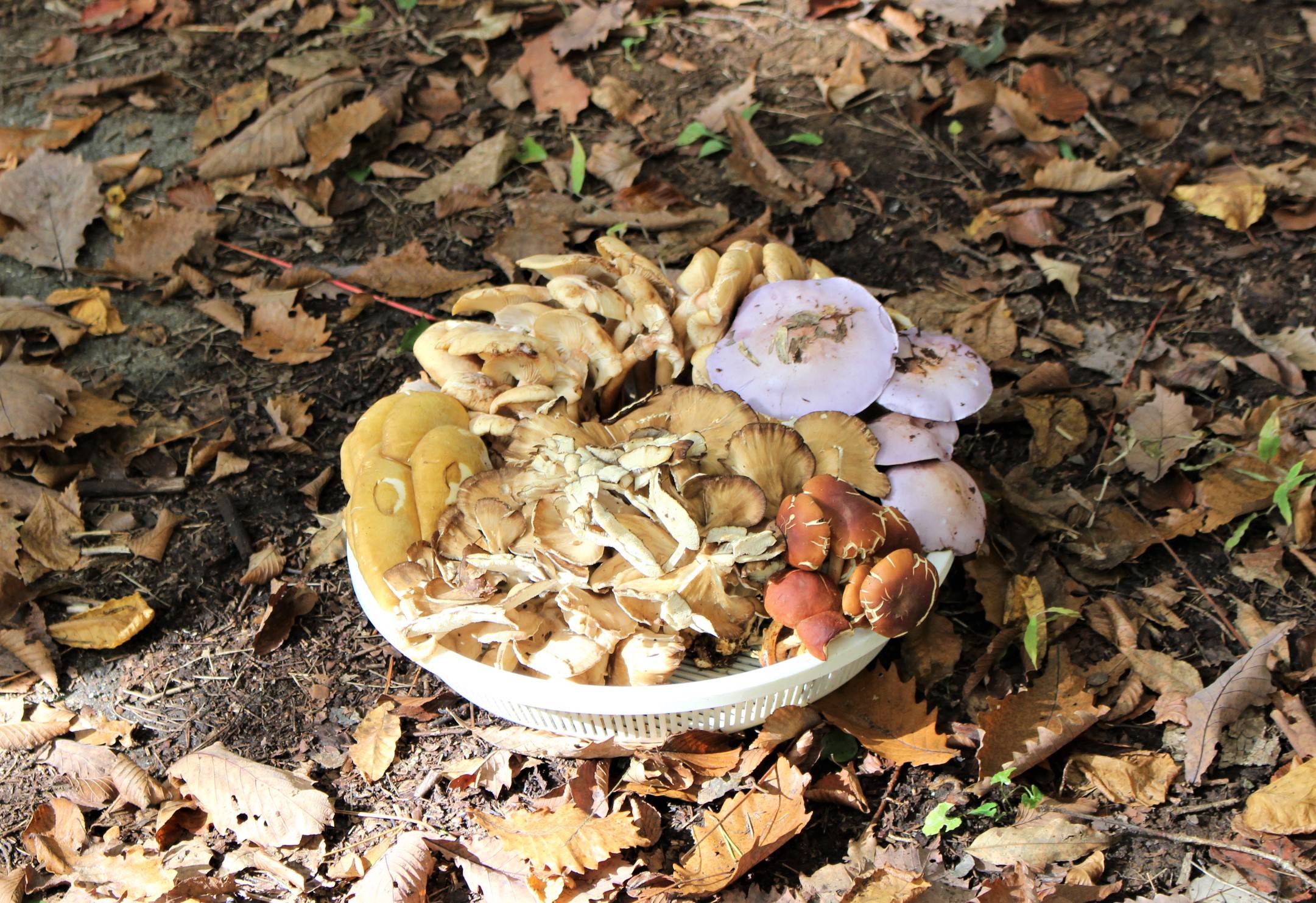Cooler temperatures and changing leaves signal the arrival of autumn, perhaps the best season for eating in Japan. Tables are laden with kabocha pumpkins, glistening chestnuts, new rice, fat-laden fish and, of course, mushrooms of every shape and size.
When seeking out the delightfully earthy ingredient, it pays to head up to Yamagata Prefecture, one of Japan’s top three mushroom-consuming areas. The prefecture’s climate and topography make it an ideal place for mushrooms to flourish, with dramatic differences in temperature between day and night, the right degree of humidity and shelter from strong winds. As such, many of the local specialties feature the beloved mushroom, such as kinoko jiru soup, kinoko gohan (mushroom rice) and warming mushroom imoni (outdoor party) hot pots.
In Japan, fungi are broadly split into two groups: wild, local kinoko (usually more closely associated with Japanese cuisine) and farm-grown masshurūmu, which were originally imported, and are more commonly used in Western-style dishes.


















With your current subscription plan you can comment on stories. However, before writing your first comment, please create a display name in the Profile section of your subscriber account page.